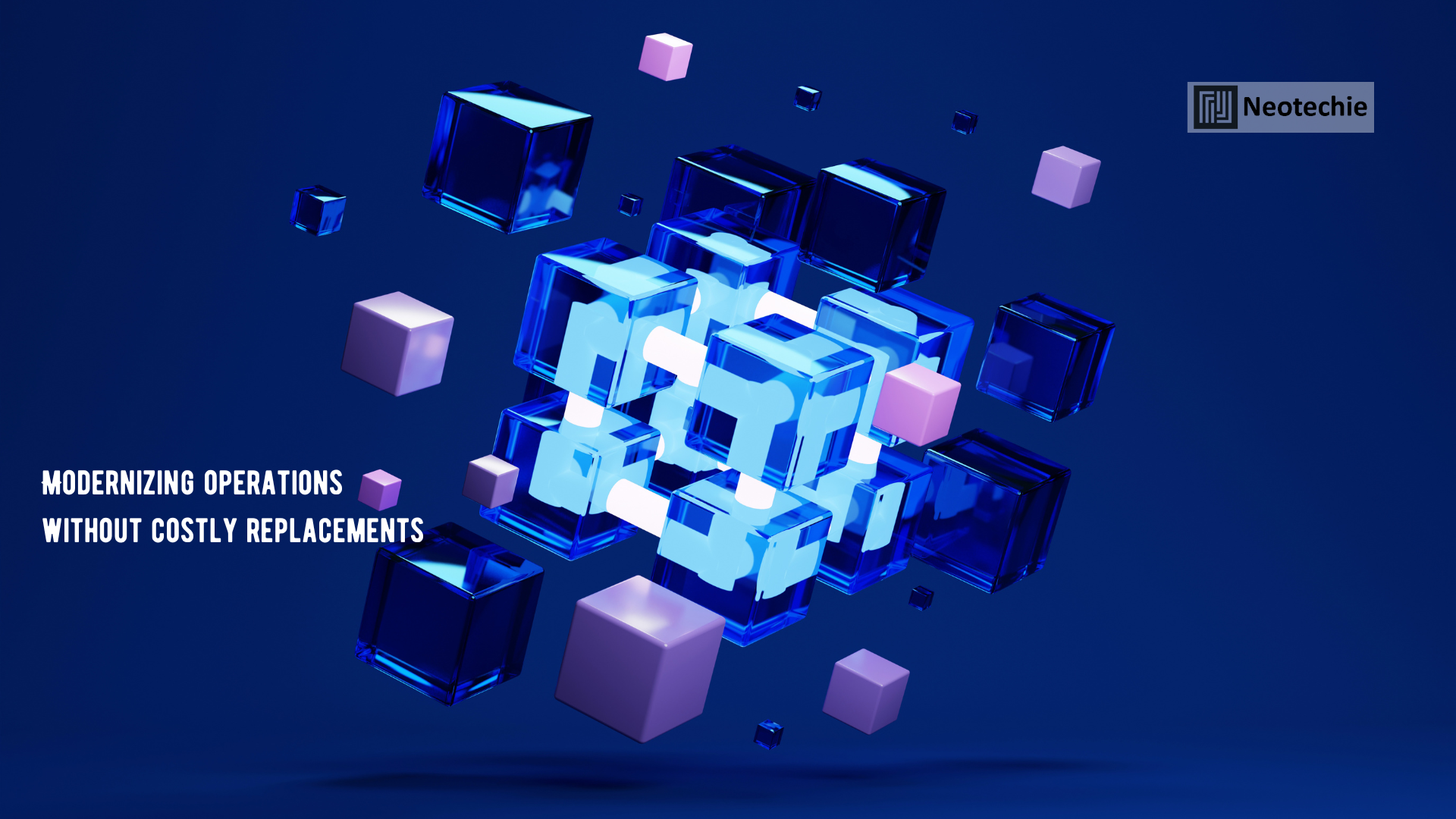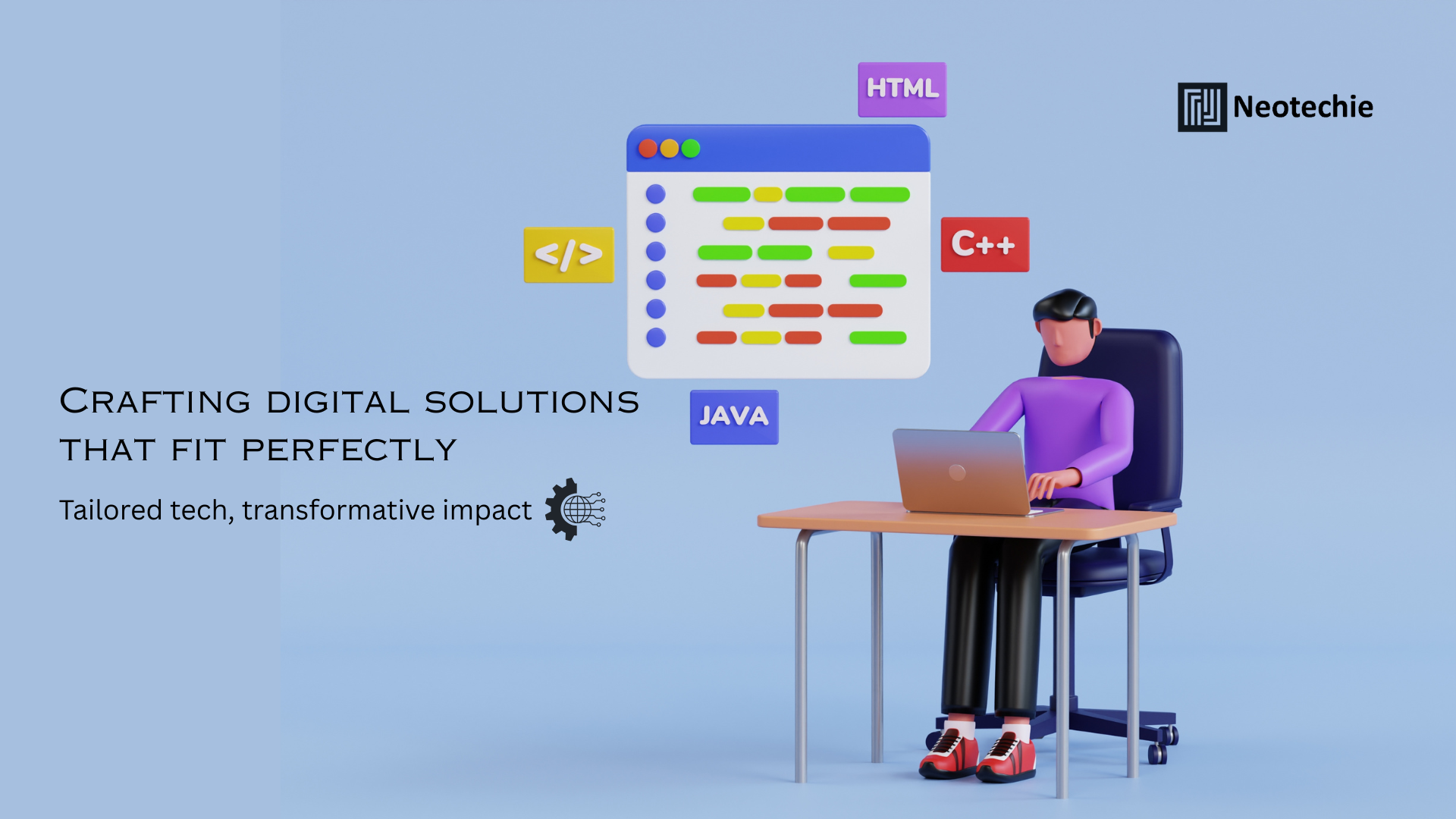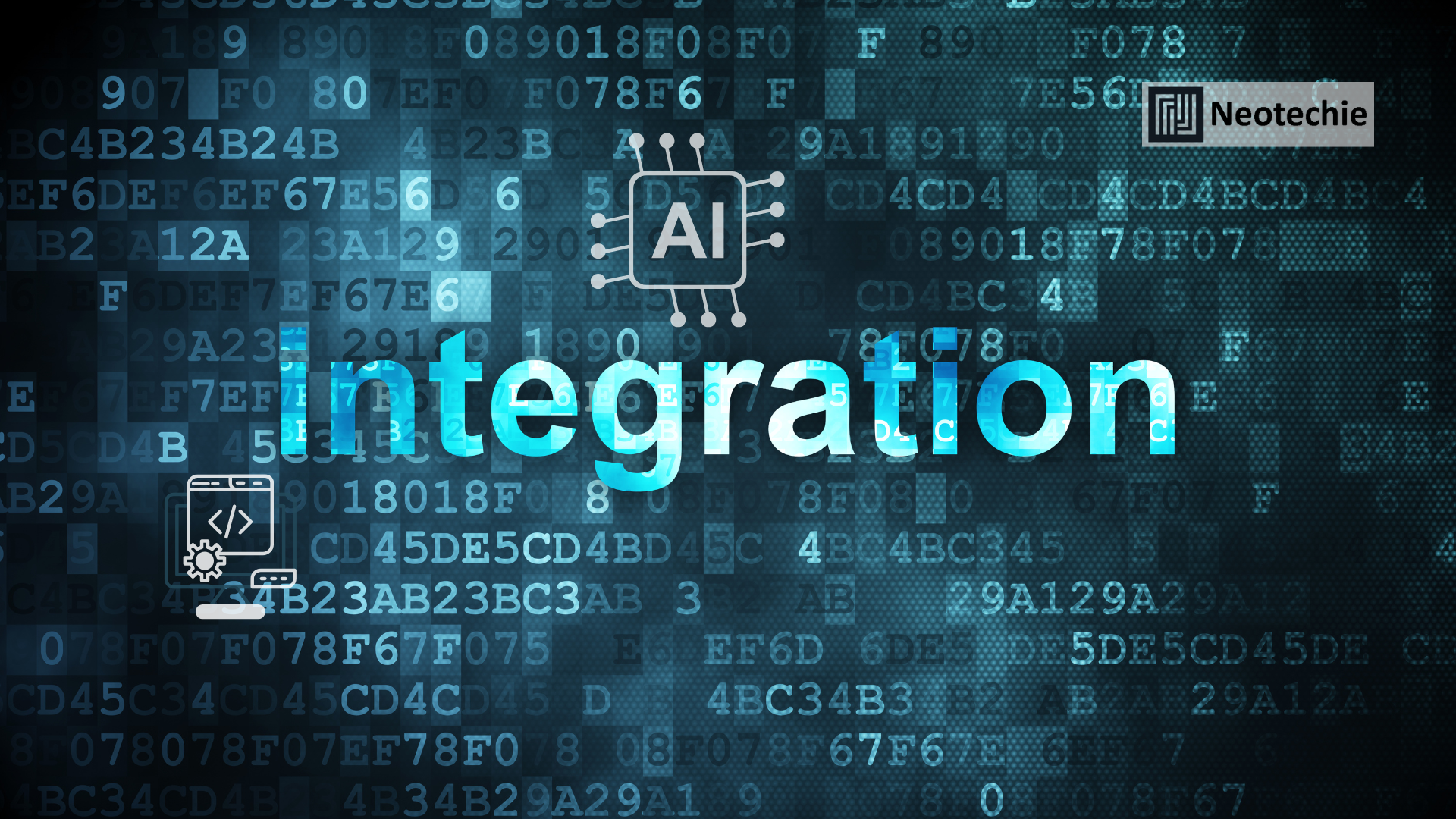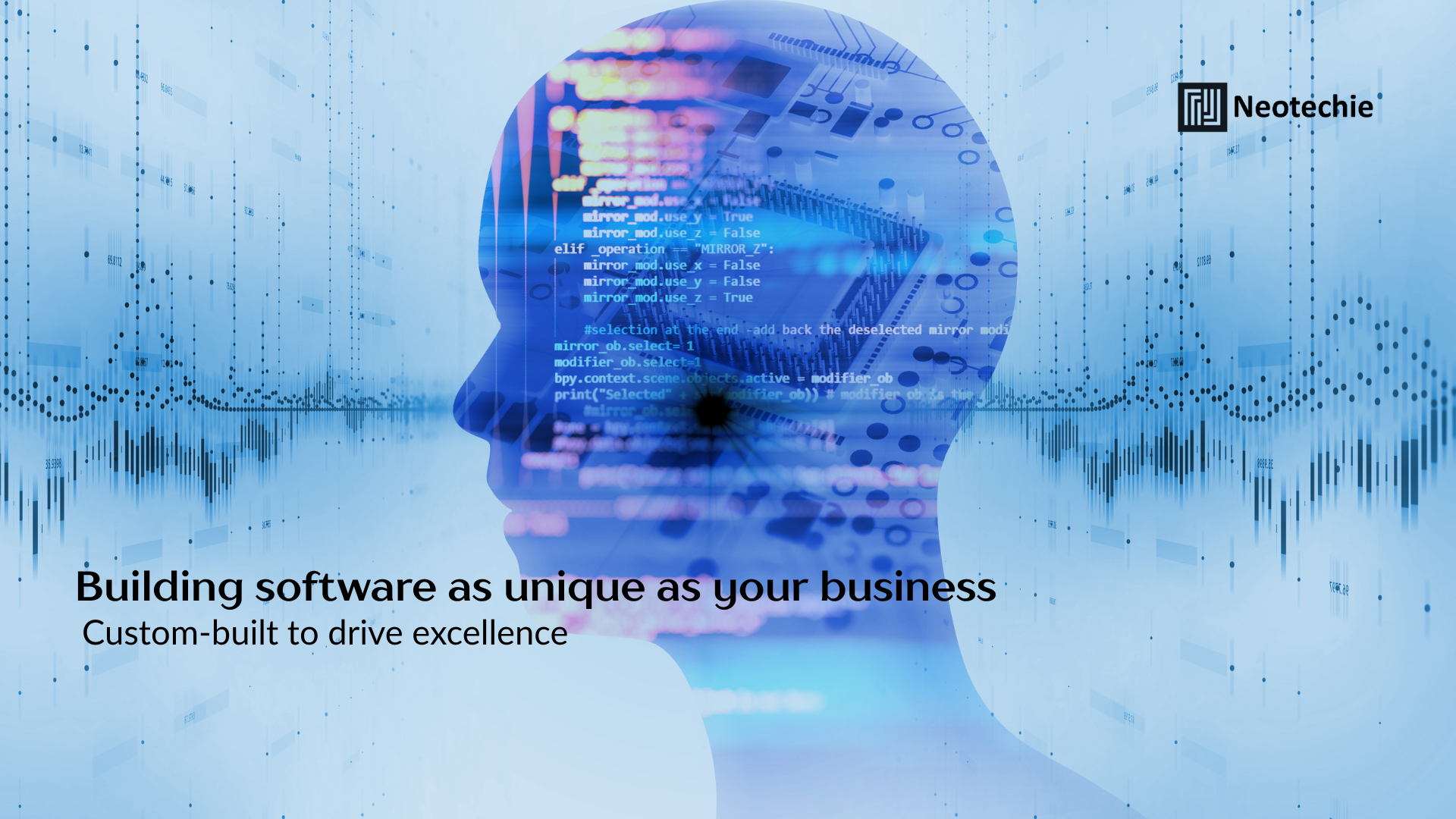What is Legacy System Integration?
Legacy system integration involves connecting existing, often outdated, software applications with new technologies or modern platforms without discarding the original system. Many businesses rely on legacy systems for critical operations but face challenges like outdated technology stacks, limited interoperability, and difficulty scaling. Rather than undertaking expensive and risky full replacements, integration strategies aim to extend functionality, improve usability, and enable innovation while preserving operational continuity.
Techniques include:
- Wrappers: Encapsulating legacy systems to present modern interfaces.
- Adapters: Translating data and commands between old and new systems.
- API Layers: Exposing legacy functions through modern APIs for integration with new applications.
- Data Bridging: Synchronizing data across legacy and new platforms.
- Hybrid Architectures: Combining legacy and modern components in a unified system to ensure smooth operation.
Why Legacy System Integration Matters for Business Transformation
- Preserving Critical Business Processes:
Legacy systems often manage essential operations such as finance, supply chain, or customer management. Integration enables businesses to retain these processes while enhancing capabilities with modern tools, minimizing disruption and maintaining operational stability. - Cost-Effective Modernization:
Full system replacement is expensive, time-consuming, and risky. Integration provides a cost-efficient alternative by leveraging existing infrastructure while gradually introducing new technologies, thereby reducing capital expenditure and project risk. - Enhanced Data Accessibility and Analytics:
Integrating legacy systems with modern platforms allows data to flow seamlessly across applications. Businesses can harness analytics, reporting, and AI-driven insights to make better decisions without migrating all legacy data immediately. - Improved Customer Experience:
Modern front-end interfaces and APIs can expose legacy system functionalities to customers and employees, enabling faster response times, improved usability, and omnichannel access, enhancing overall satisfaction. - Business Agility and Scalability:
Integration allows businesses to adapt and scale rapidly by introducing modular features, cloud capabilities, and microservices on top of existing systems. Enterprises can innovate without waiting for a full system overhaul.
How Businesses Implement Legacy System Integration
- Assessment and Mapping:
Evaluate existing systems, workflows, and data dependencies. Identify integration points, critical processes, and potential risks to ensure smooth connectivity with modern platforms. - Design API and Adapter Layers:
Develop APIs and adapters to enable communication between legacy and new systems. This ensures that data and commands are accurately translated and compatible across different technologies. - Implement Wrappers and Hybrid Interfaces:
Use wrappers to provide modern user interfaces for legacy applications, enabling users to access functionalities without learning old systems or experiencing friction. - Data Synchronization and Bridging:
Ensure data consistency by establishing real-time or batch synchronization between legacy and modern systems. Data integrity is critical for reporting, analytics, and operational accuracy. - Testing and Validation:
Conduct thorough testing of integrated systems to identify potential failures, latency issues, or data mismatches. Continuous validation ensures smooth operation across hybrid environments. - Continuous Monitoring and Maintenance:
Monitor system performance, address emerging issues promptly, and refine integration workflows. Proactive maintenance ensures long-term stability and adaptability.
How Neotechie Helps
Neotechie assists enterprises in integrating legacy systems efficiently and securely:
- Comprehensive Assessment: Evaluate legacy systems, workflows, and integration potential.
- Custom API and Adapter Development: Build interfaces and adapters tailored to specific business requirements.
- Modern Front-End Integration: Implement user-friendly interfaces and dashboards while retaining legacy functionalities.
- Data Bridging and Synchronization: Enable seamless data flow across platforms with secure and accurate mechanisms.
- Ongoing Support and Optimization: Monitor performance, refine integrations, and ensure scalability and future readiness.
Driving Business Transformation Through Legacy Integration
Legacy system integration empowers organizations to modernize operations without disrupting critical workflows. By connecting old and new technologies, businesses achieve enhanced efficiency, improved analytics, better customer experience, and scalability. Partnering with Neotechie ensures that integration is not merely a technical exercise but a strategic enabler of business transformation. Enterprises can innovate, respond rapidly to market demands, and maintain operational continuity while leveraging both legacy investments and modern technology for sustainable growth and competitive advantage.










